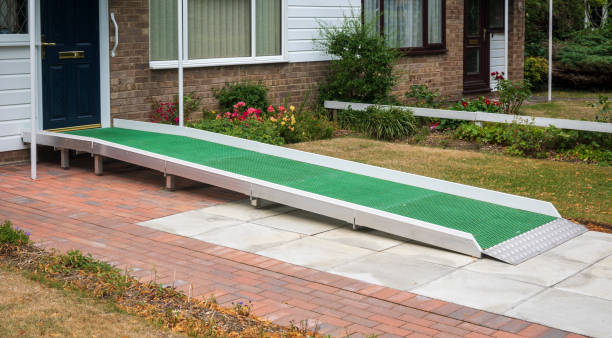The vast majority of people who are not injured stay healthy and mobile in their lifetime. There is, however, a very small minority that is inflicted with an injury that leaves them disabled. This is a huge change in one’s life, but it is not the end of the world. One can still lead a full and vibrant life, even with an injury that leaves him or her wheelchair bound.
There are many benefits to adapting your lifestyle to accommodate a wheelchair. You will have more control over your body and physical state.

The basics: what do you need to know?
The first step to living well in a wheelchair is choosing the right wheelchair. There are many different types of wheelchairs, from heavy-duty ones meant for outdoor use to lighter ones designed for indoor use. You should choose the wheelchair that suits your lifestyle best, as well as your disability.
You will need to make sure that your wheelchair has the right size and fit when you get it fitted at your local rehabilitation centre or medical supply store.
Making your home wheelchair friendly
If you are using a manual wheelchair, then you will need to be aware of where doors and steps are situated. This can make moving around in the house or apartment hazardous. You will also need to look at the way your furniture fits into the wheelchair and any obstacles that could get in your way when seated in it. You may find it useful to speak with a company with experience in supporting those with mobility issues, like alliedmobility.com.

It is important to ensure that there is enough space for an adult with a wheelchair to manoeuvre about the home and that all doors, stairs, and hallways are clear.
Some changes can be made to both the inside and the outside of your home to aid you. A ramp for your front porch may be necessary. You may also want to consider changing doors if they cannot swing open wide enough or if they do not have enough room between the door frame and the threshold. The notion of adapting your lifestyle may sound a bit scary and overwhelming, but it is really just common sense and good planning.

Getting around: private or public transport
You will need a wheelchair that can be fitted into the car and that is big enough to accommodate all the things you need with you when traveling. One way for many people to cope with their disability is to get used to using public transport. A taxi may be too expensive, so many choose to use a mobility scooter, rather than lugging around an extra-heavy-duty wheelchair on public transport routes.

If you are going somewhere far from home, then buying a car may be the best option for you and your family.
Being social: work, leisure, and relationships
You can still be a productive member of society, even with a disability. Many people with disabilities go on to live happy and independent lives.

You can also still have fun and meet new people. Joining a disabled sports club is one way to do this and is beneficial for your physical and mental health as well.

